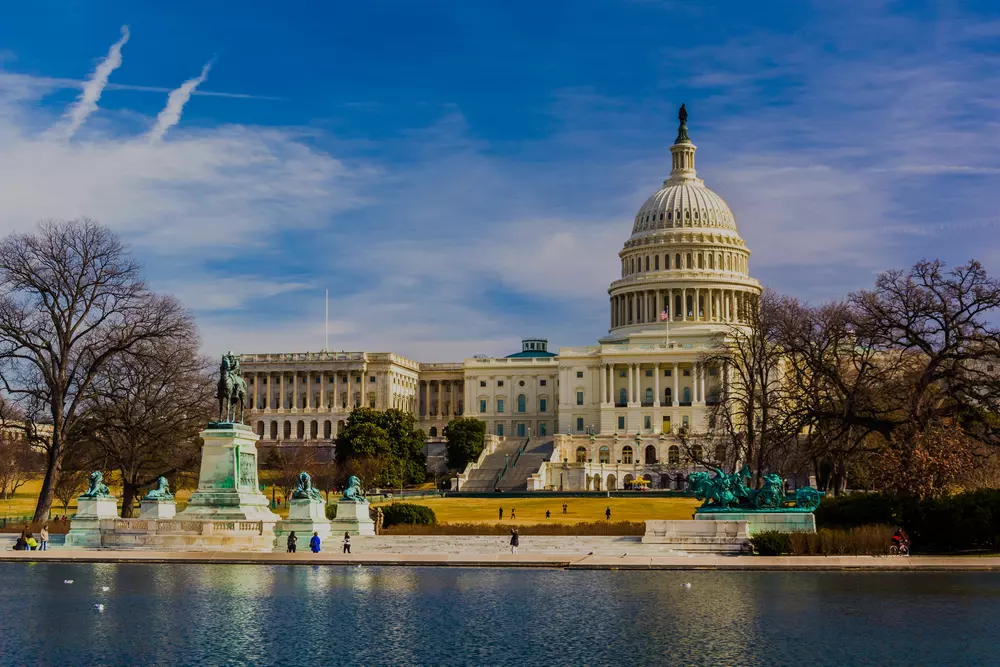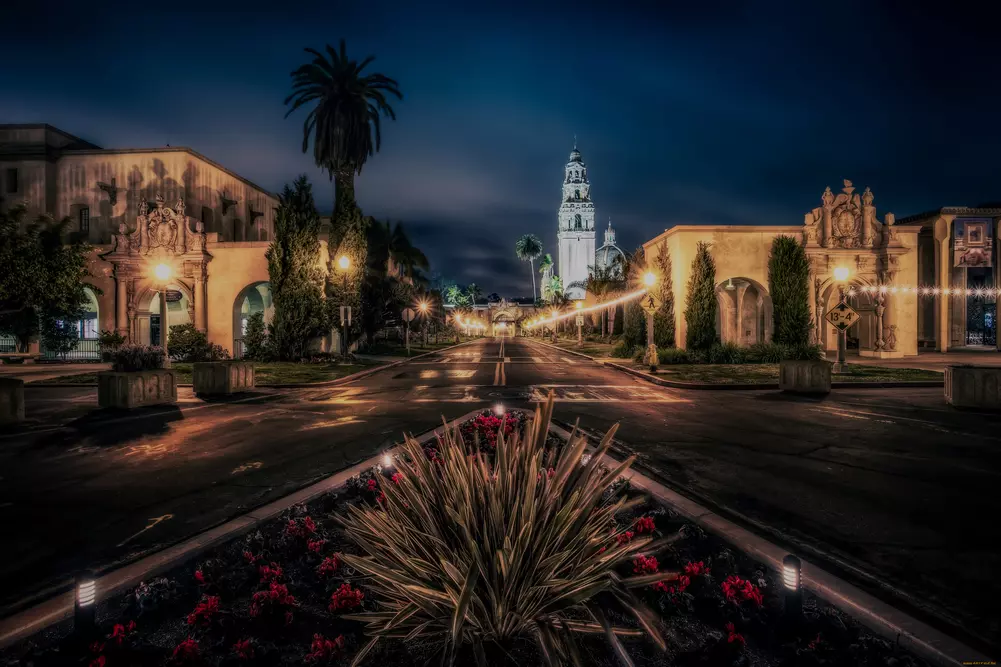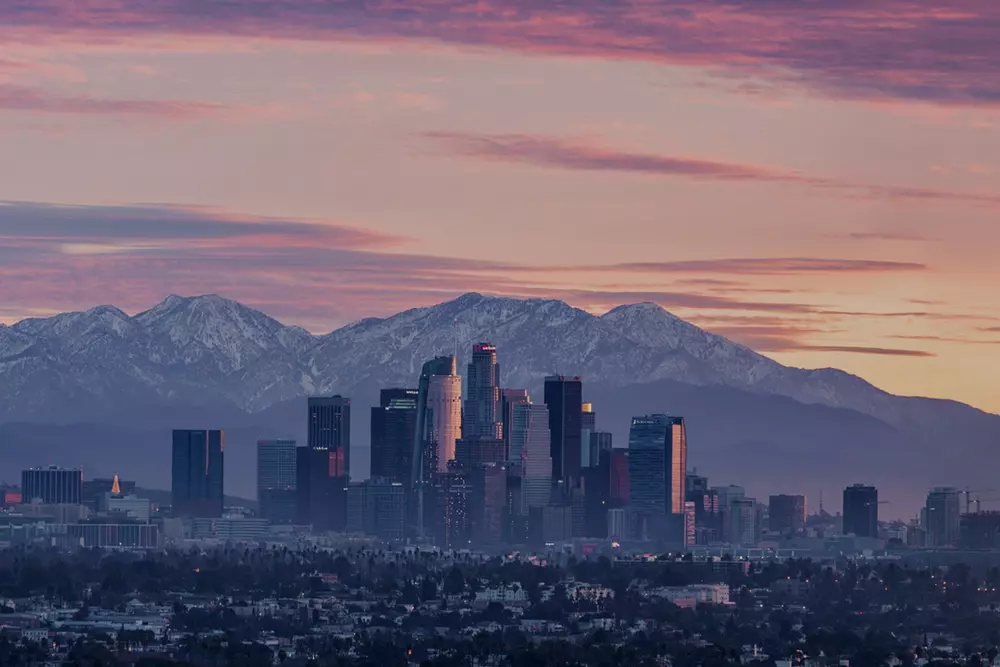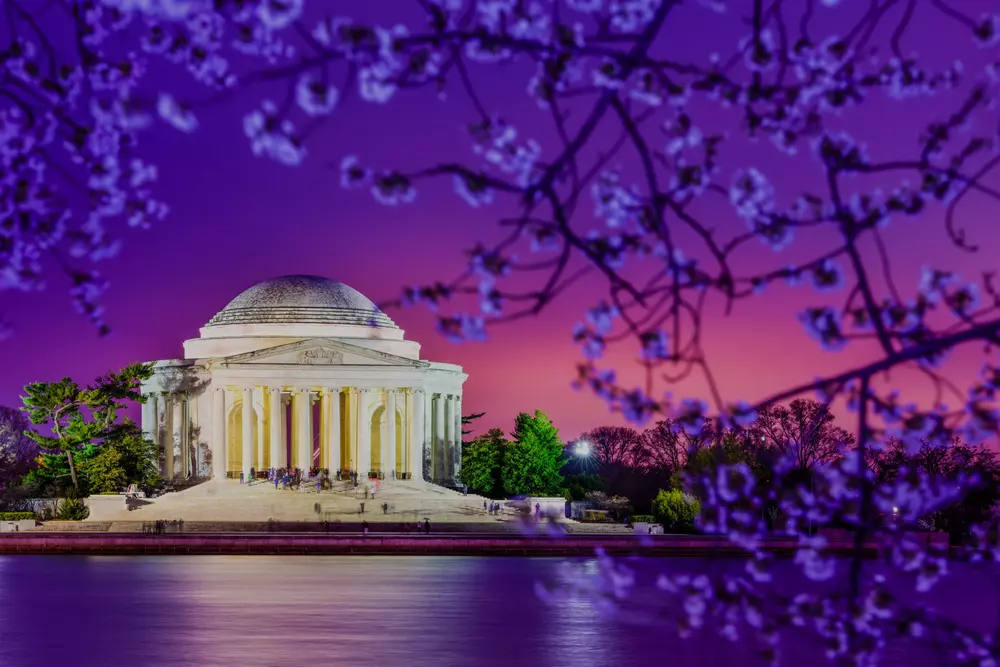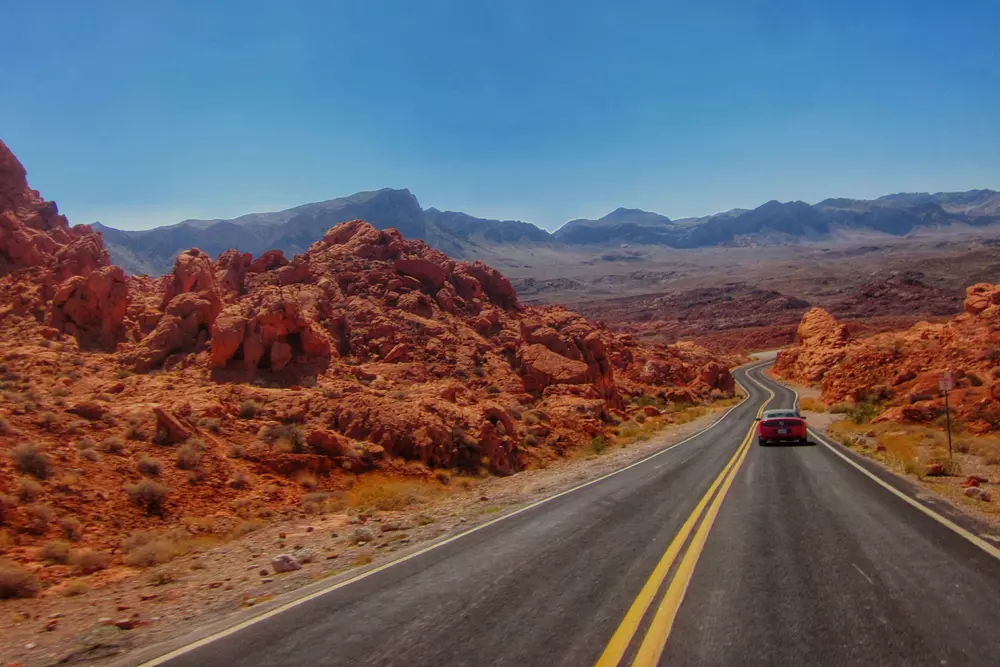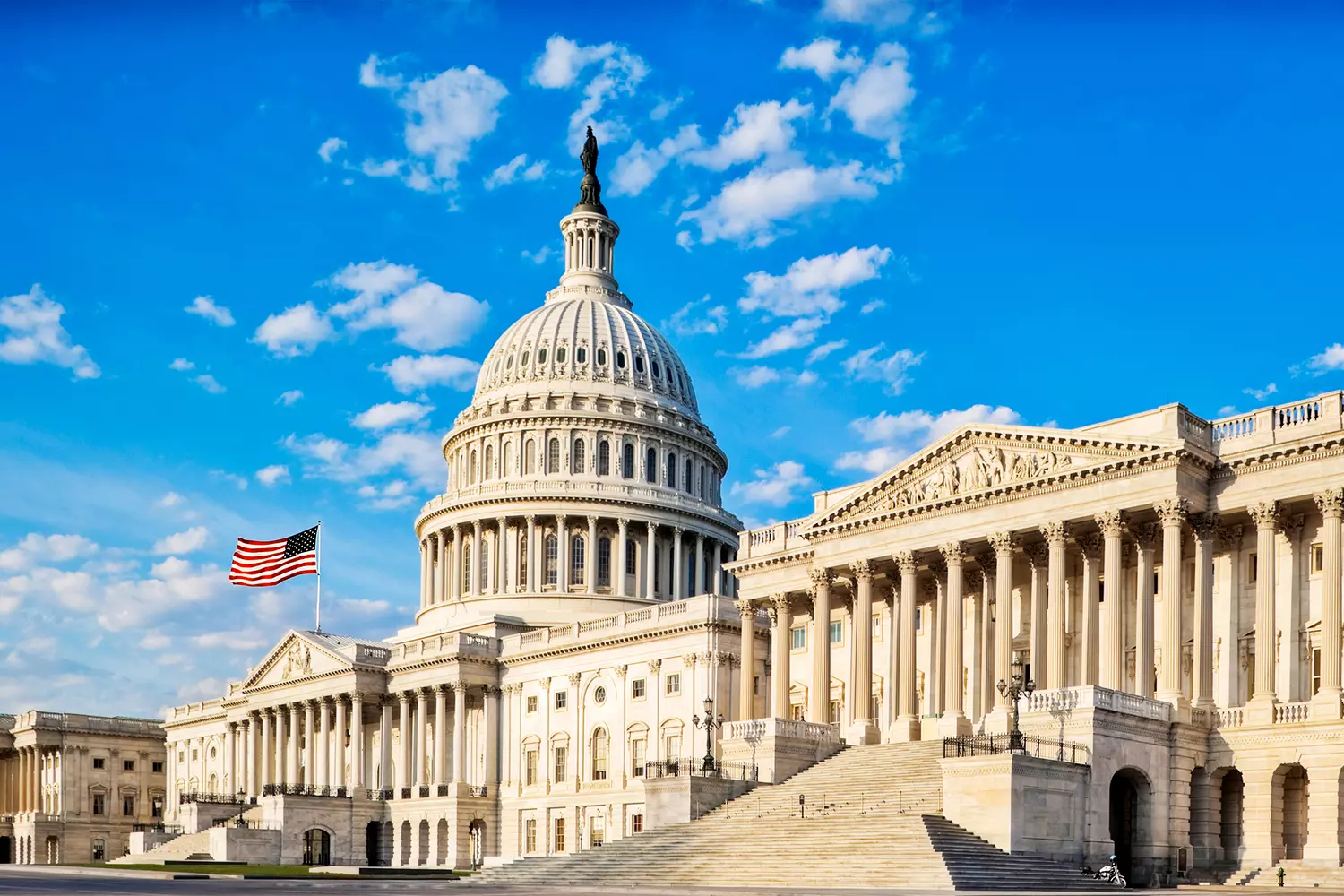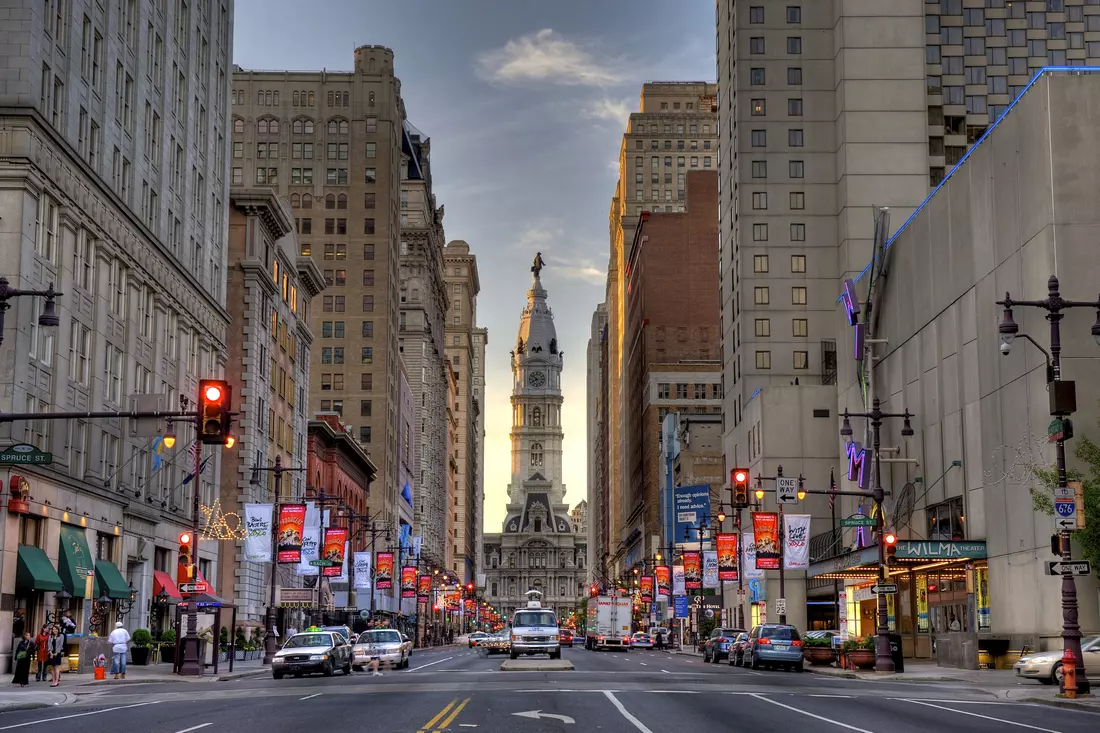Dying Journalism
The Museum of Journalism in Washington is an impressive feat: few have managed to showcase and tell the story of the profession so vividly and extensively. Just 10-15 years ago, American journalists themselves called it a symbol of a dying and decaying industry.
Read the article and find out how many millions of dollars it cost the government to dispel this notion and why the Museum of Journalism was definitely worth visiting, even if you are far from this field.
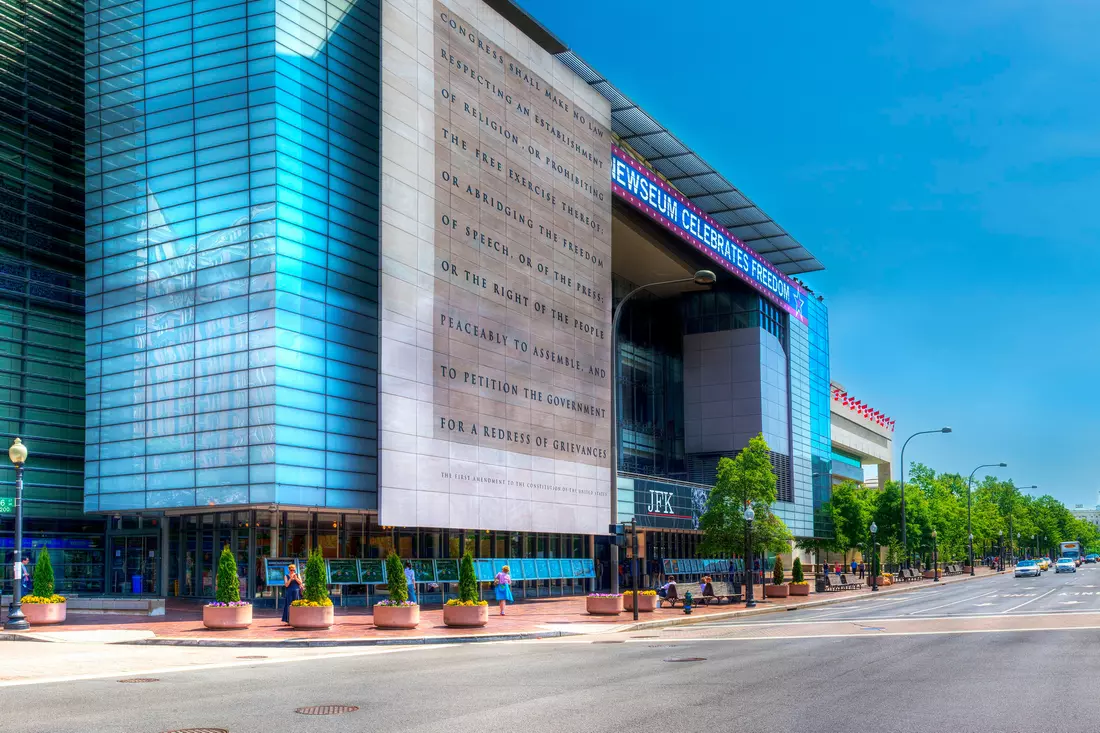
Newseum: History of Its Creation
The Museum of Journalism, or Newseum, was initially located in Arlington, Virginia. It opened in 1997 but didn’t last long — within a few years, only the laziest hadn’t criticized it. The main reason for the criticism was its location: many active journalists were outraged that their profession was tucked away in such a distant place.
The final straw was a statement by publicist Thomas Frank that if the museum stayed in its current location, American journalism could be considered like a wounded animal — finding a quiet, dark corner to die. In 2002, the museum closed.
For several years, it virtually disappeared. But Newseum left only to return — its new building opened in the capital of the United States in 2008.
Relocation to Washington
In 2008, the museum underwent a rebirth. The specially constructed building was not grandiose but very functional and, if one might say, ideological. The facade of the fairly standard glass-and-concrete seven-story building features a massive marble panel with a quote from the Constitution, specifically from the Bill of Rights of 1789. These are the words stating that Congress shall make no law abridging the freedom of the press, speech, and the actions of citizens in general. The museum stands between the Capitol and the White House.
The glass facade is also not just for show. It makes the goings-on inside visible to passersby. This transparency hints at the purpose and nature of journalism — absolute openness and honesty towards people, an understanding of the significance of one’s work, and the sacrifice of personal interests for the public good. This is also conveyed by the obelisk dedicated to the memory of journalists who died in the line of duty. Today, about 2,500 names are inscribed on it.
Inside, exhibitions spanned a staggering 75,000 square meters. You might ask, what can be shown in a Museum of Journalism? Let’s find out.
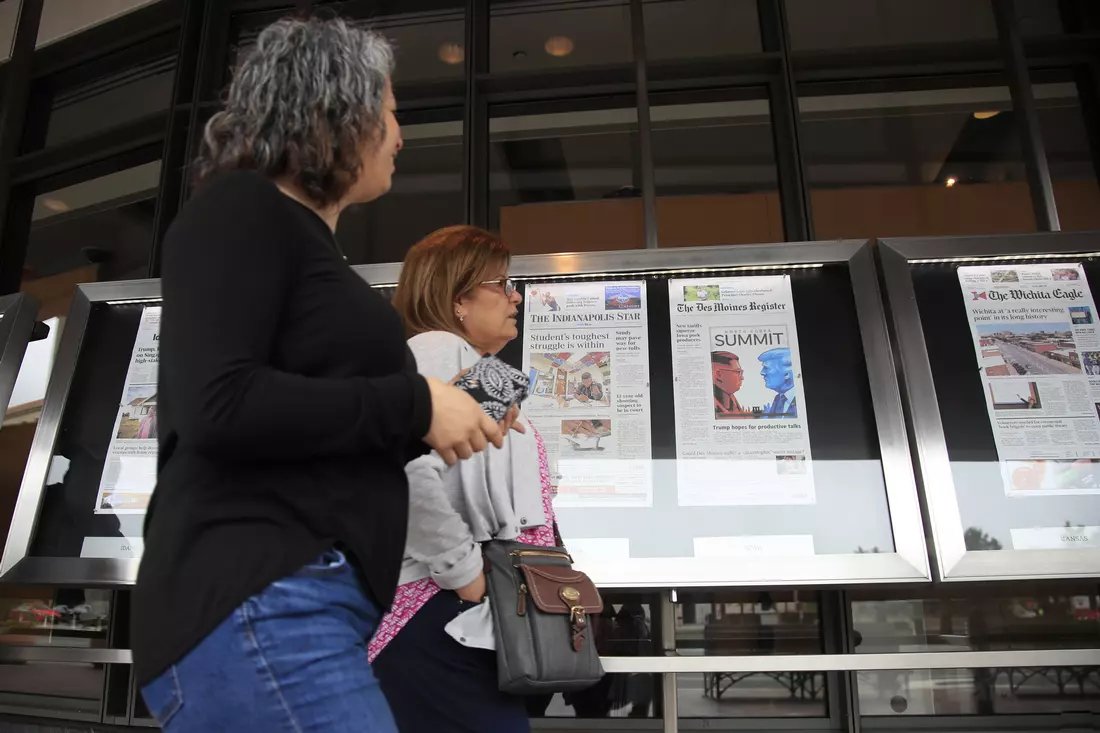
What Was Inside
In fact, Newseum didn’t just show but allowed you to experience. Journalism is the conduit of information flows, a function carried out by millions of people. In the NBC studios inside the museum, you could try your hand as a correspondent, reporter, anchor, cameraman, or TV program editor. The same applied to radio and print, from typesetters to “field” photographers.
Visitors could trace the entire history of communication channels, learn what it was like to work without the internet, and see where technologies are heading now. People often don’t realize how much this affects their lives in various aspects.
And no, it doesn’t end there. The museum featured films about publications that changed the world. One exhibit showcased newspaper issues with the most comedic mistakes in history — one claimed the USA had fallen apart, while another named Dewey as president instead of Truman.
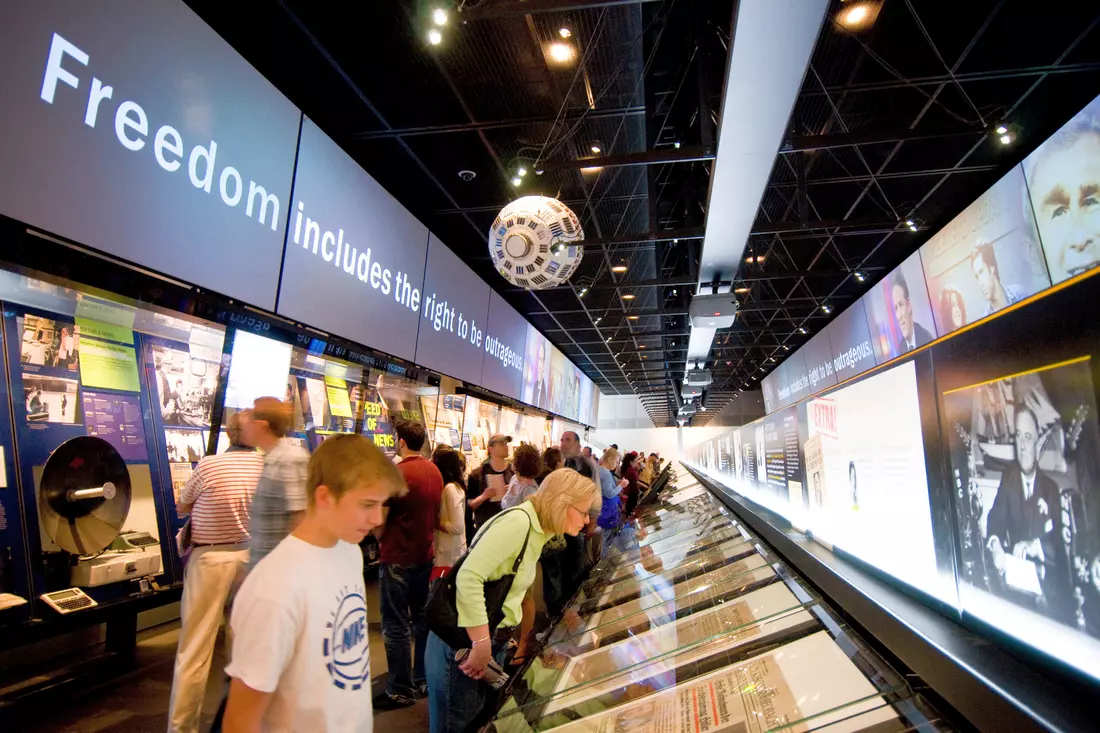
The Washington Museum of Journalism is not just an exhibition space, but a real multi-story complex, where it was definitely not boring.
Why the Museum Closed
Newseum, the popular museum of journalism and news in Washington, closed on December 31, 2019. The museum, which had welcomed millions of visitors over its 11-year history, faced financial difficulties that led to its closure.
What Happened to the Building?
The building that housed Newseum was sold to Johns Hopkins University for $372.5 million. The university plans to use this space for its educational programs in Washington. Despite the closure of the physical museum, the Freedom Forum, which managed Newseum, will continue its mission to support and promote freedom of the press through various online projects and programs.
We understand that this event has been a disappointment to many fans of the museum and its unique exhibits.

Our specialists will create tourist routes around the cities of the USA, taking into account your interests and budget, so you will definitely remember the time spent with pleasure!






















